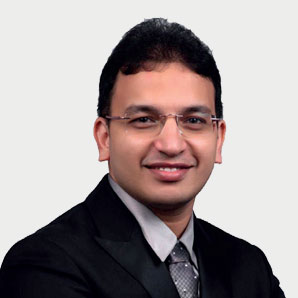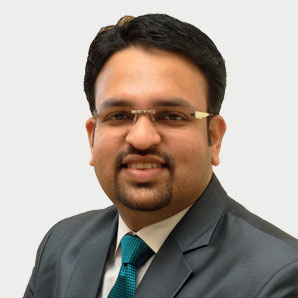Blogs
Understanding BPPV: Causes, Symptoms, and Treatment Options

Vertigo is a sensation of imbalance in which you feel like you are spinning or the world around you is spinning. It is mainly caused by inner ear problems. Among these, BPPV (Benign Paroxysmal Positional Vertigo) is the most common cause. As the name suggests, it is a momentary (paroxysmal) burst of intense vertigo upon head movements (positional) which is benign (non-cancerous) in origin. If you're experiencing such symptoms, you might consider visiting the best ENT hospital in Kerala for accurate diagnosis and effective care.
Balance of our body is controlled by coordinated inputs from the ear, eye, and proprioceptive receptors from joints to the brain where it is processed. The inner ear is responsible for both hearing and balancing, in which semicircular canals and vestibule are the main sense organs for balancing. BPPV causes include dislodgement of tiny calcium crystals present in the inner ear from their normal position. During sudden head movements, this can result in the stimulation of a particular semicircular canal causing BPPV vertigo. It usually lasts for few seconds to minutes. It can be associated with nausea and severe vomiting. Diagnosis of BPPV is made on the basis of typical eye signs (nystagmus) and symptoms (vertigo and nausea) provoked by specific positional tests. Vertigo treatment in Kerala, especially at reputed centers like Ascent ENT Hospital, provides patients with access to advanced care, including expert diagnosis and balance disorder management
Nystagmus is an involuntary, rapid and repetitive eye movement which helps in differentiating peripheral vertigo from the central vertigo. Each positional test can elicit a typical nystagmus which helps in identifying the particular semi circular canal involved in BPPV patients. This is so important because the mainstay of treatment of BPPV is the repositioning manoeuvre which is different for each canal. Repositioning manoeuvre helps in bringing back the crystal to its normal position. There are many ent hospitals in India; Ascent is one of them. They provide excellent medical services, and among them, some are specialized in ENT treatments.
In some cases, BPPV may be caused due to underlying medical problems such as Meniere's disease or acoustic neuroma, which in turn requires further medical treatment. Therefore, it is important to consult the doctor and get a proper diagnosis before attempting any vestibular adaptation exercises. Additionally, medications such as diuretics, vestibular suppressants, and anti-vertigo drugs may be prescribed to reduce the frequency of vertigo episodes. In some cases, surgical intervention such as endolymphatic sac surgery may be required to treat the underlying condition. Therefore, it is important to seek medical advice if the symptoms do not improve with repositioning manoeuvres or vestibular adaptation exercises.
Physical therapy is also a valuable tool in the treatment of vertigo. Therapists can work with patients to develop an individualized program that includes exercises to help improve balance, strengthen the neck and shoulder muscles, and improve posture. The therapist can also help the patient learn how to recognize and manage triggers of vertigo, such as certain head and body movements or changes in environment or lighting. The therapist can also teach the patient how to perform vestibular adaptation exercises, which can help reduce the severity and frequency of vertigo episodes. Additionally, physical therapy can help reduce the risk of falls and other injuries related to vertigo
Our Professionals
Our Patient Stories
View All Testimonials




.jpg)
.jpg)
 (1).jpg)



































